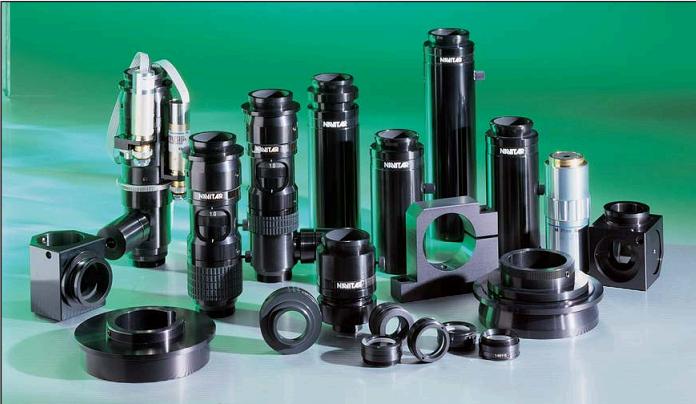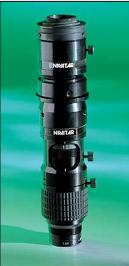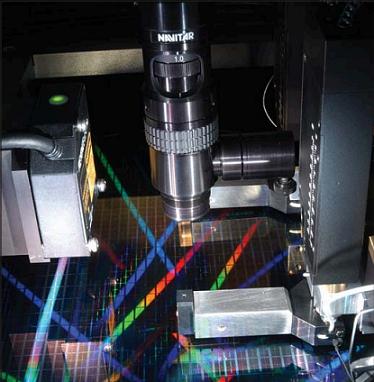
Flexibility by Desige
A Workhorse to Fit Nearly Any Application
With a diverse selection of body tubes,accessory optics, motorized configurations, and lighting techniques, the Zoom 6000 is Navitar’s workhorse with unbeatable versatility. This modular zoom lens system incorporates Navitar’s world-renowned optics. This “building block design” can be configured to fit nearly any application.
6.5:1 Zoom Ratio, Long Working Distance and Large Field of View
The parfocal optical system of the Zoom 6000 has a 6.5:1 zoom ratio, a 0.7X to 4.5X zoom range, and total magnification (depending on lens
adapters and attachments used) of 0.09X to 393X. The working distance can be varied from 34 mm (1.3”) to 390 mm (15.4”). The achievable field of view can vary from 0.01 mm to 125.68 mm.
 
Unsurpassed Optical Performance
The optical system of the Zoom 6000 produces images of the finest optical quality. Chromatic aberration and distortion have been virtually eliminated. With the Zoom 6000 lenses, images are crisp and clear and display optimum contrast with minimum flare over the entire field of view.
Manual or Detented for Calibrated Repeatability
The Zoom 6000 lenses are available in a manual design, as well as a detented version for calibrated repeatability.
Motorized for Automation
If you are building highly automated systems, Navitar can offer you a wide selection of motorized lenses and control equipment. Please see the motorized section of the catalog.
|